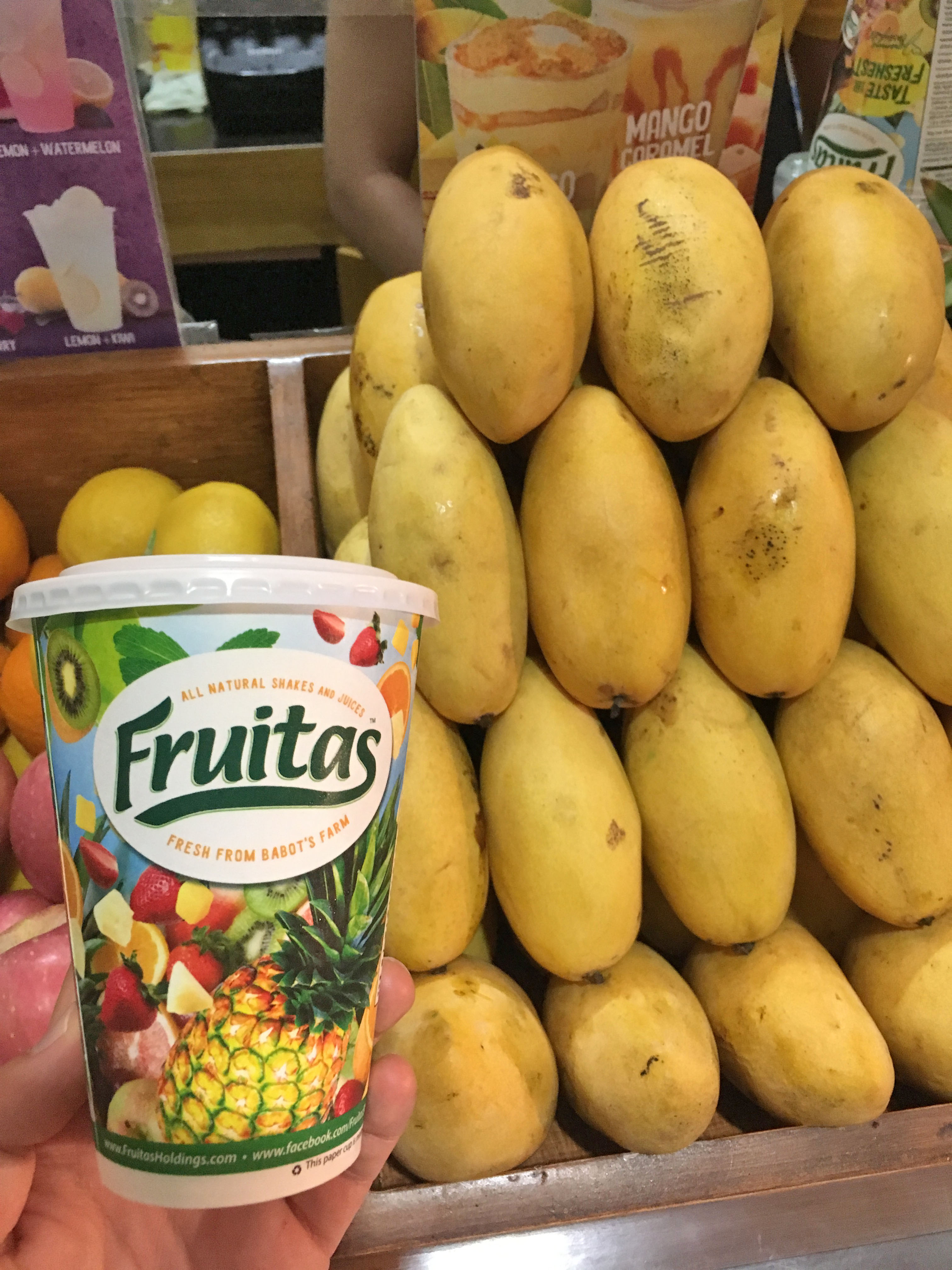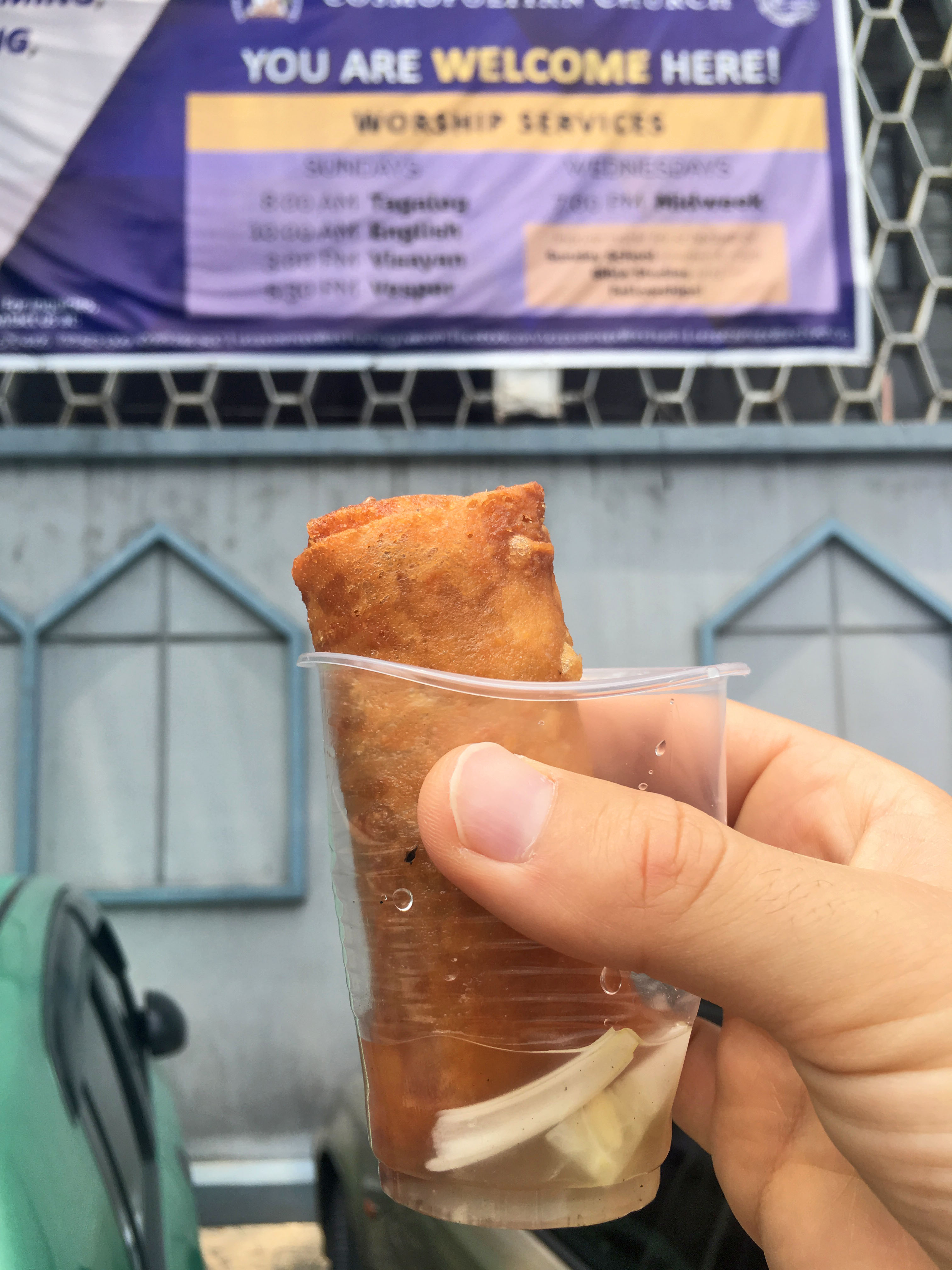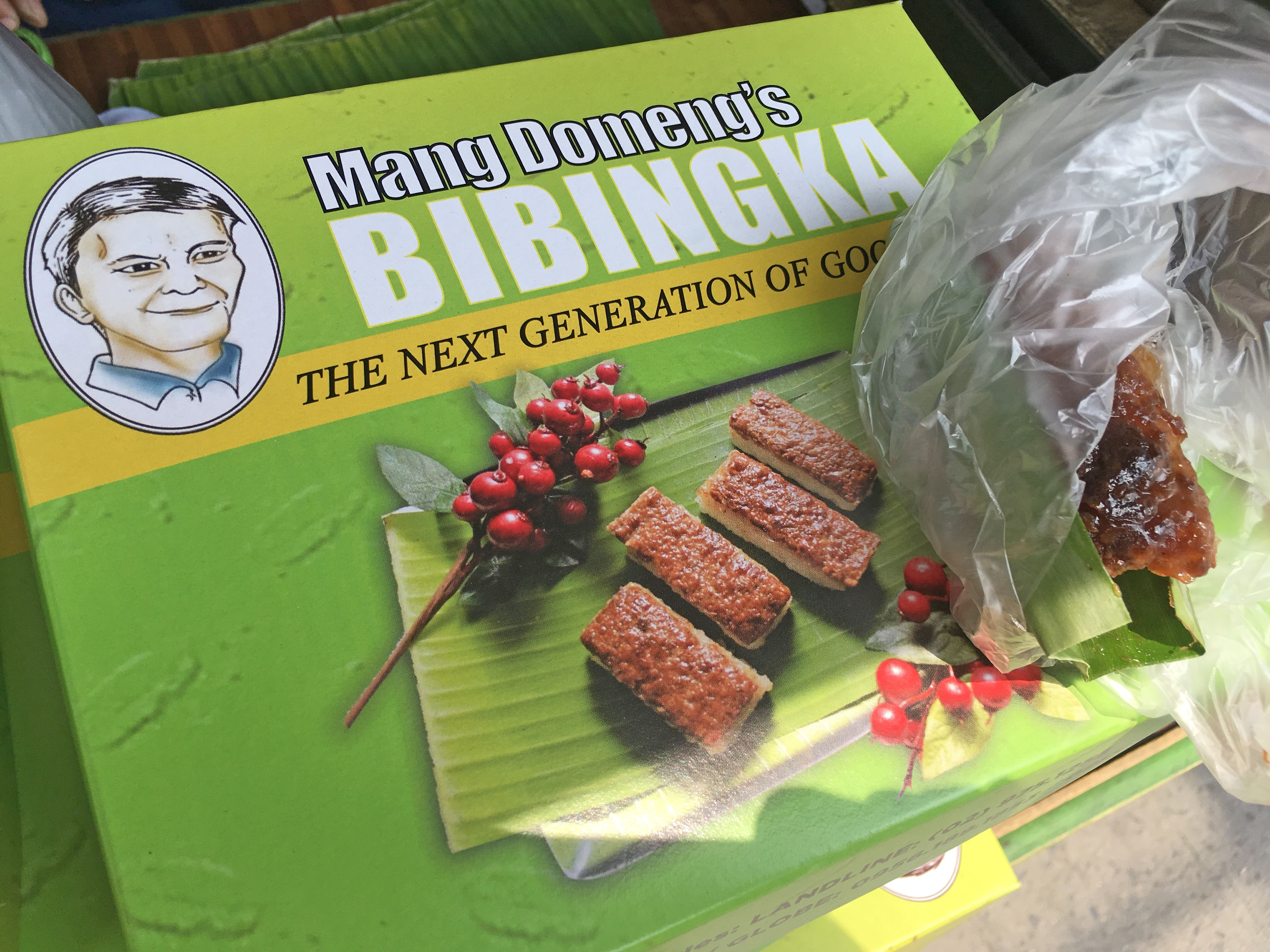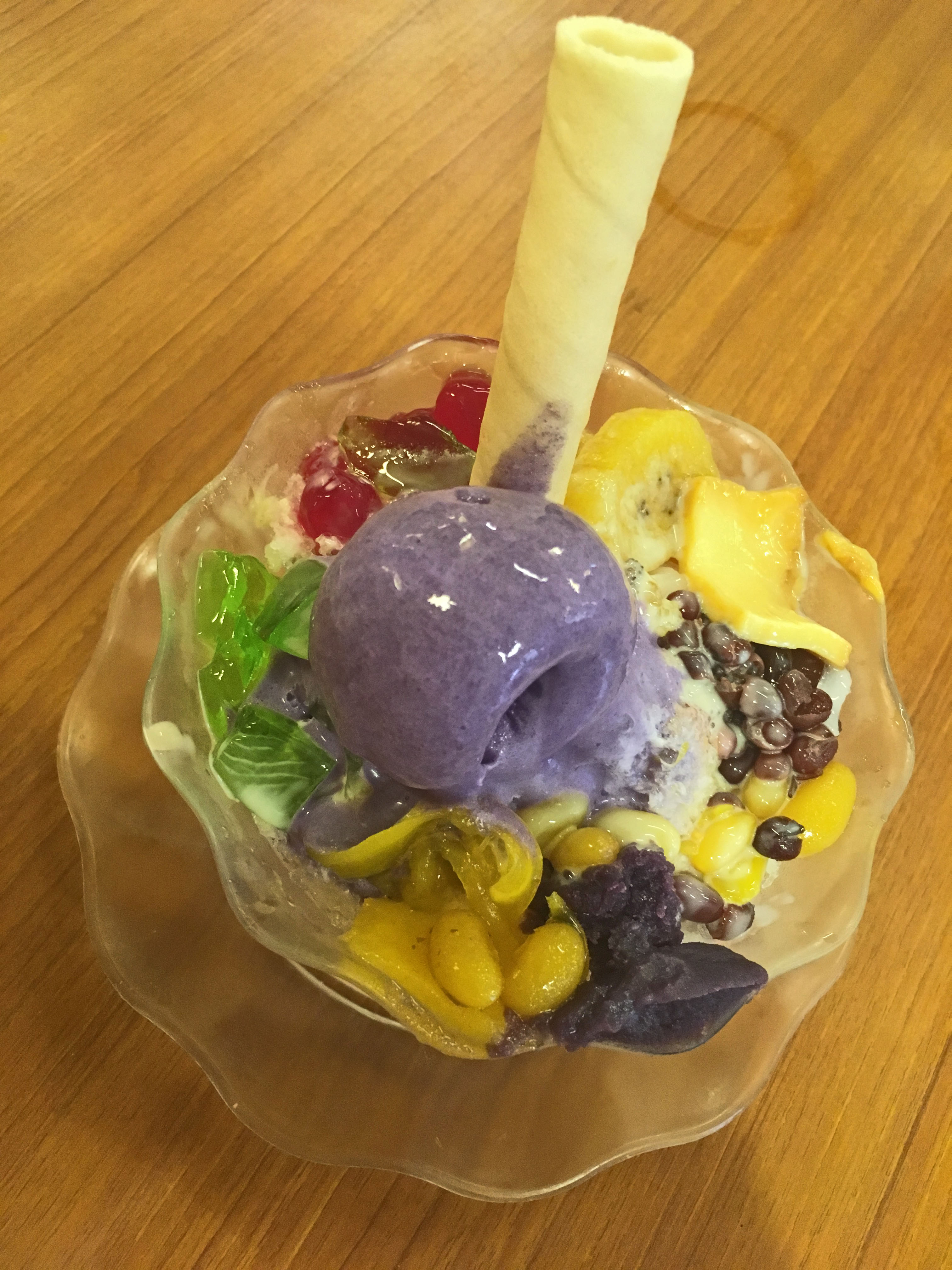After years of meandering and eating my way through Jakarta, Bangkok, Shenzhen, and other East Asian cities, it was about time to revisit the street food in Manila.
Manila isn’t particularly pedestrian-friendly, nor is it heaving with standard issue points of interest. However, if you are in to Spanish colonial history, check out Intramuros, and Binondo to visit one of the world’s oldest Chinatowns.
While checking out the Filipino megacity, I was surprised by the lack of variety in street food. Unless I wasn’t in the right neighborhoods for it, I seem to recall a repetition of lots of tripe, peanuts and garlic, balut, and pastel-colored liquids stored in Tupperware along the walkways of Rizal Park.
Since my memory street food in Manila isn’t too great, I’m going to cheat by looking at few photos to entice us.
Let’s begin!

If you’re into mangos, then the Philippines has you covered. The local Carabao variety is widely known to be one of the world’s sweetest, and you’d be hard-pressed to find a more refreshingly healthy snack than a cup of sliced mangos.

Lumpia/lumpiang Shanghai, or spring rolls, are a common snack (meryenda in Tagalog, which comes from the Spanish merienda) in Manila, first introduced to the country by Chinese immigrants. Typically, the ingredients, are carrots, onions, and pork, along with salt, black pepper, and other spices. To add that Filipino touch, it is often served with vinegar.

Bibingka are a type of Filipino kakanin, or rice-based dessert. Their main ingredients are glutinous rice, and coconut milk or water, followed by smaller quantities of milk or eggs and sugar. Some versions include shredded coconut or carabao (water buffalo) cheese.
Traditionally, bibingka were baked in banana leaves that were placed over charcoal in clay pots; however, to streamline the preparation, ovens have become the contemporary favorite. If you’re in the Philippines around Christmas time – Misa de Gallo to be exact – expect to see bibingka served at breakfast time.

The average Southeast Asian city is hot and humid, so sitting down to a dessert of shaved ice can sound quite appealing after even a short time in the sun. I’m no exception to this temptation…however, due to potable water being scarce in the region, I try to find cleaner-looking spots to try these particular sweets.
Halo halo, or mix mix in Tagalog, is the quintessential Filipino contribution to the shaved ice world. What is it? I still have no idea, but I will try to explain the fundamentals.
As we already know, the base of halo halo is shaved ice. Thereafter, things get dicey. Evaporated milk and ice cream — ube, purple yam, is the most common flavor, since it adds the strong violet color to the dessert — normally play a role.
My order above had slices of sweet potato and jackfruit, kidney beans, black beans, gelatin (most likely agar, from red algae), coconut strips, a pirouette cookie, and who knows what else. If you feel like it’s still too healthy with all of those beans and fruit, just ask for condensed milk.
Now you can begin your culinary scavenger hunt on your next Manila layover.
What are your favorite street foods in Manila?

Leave a Reply